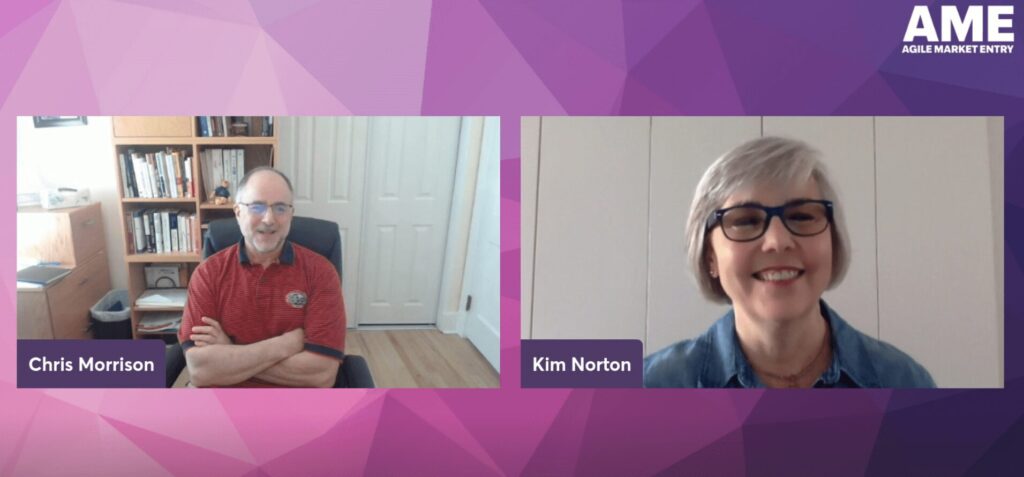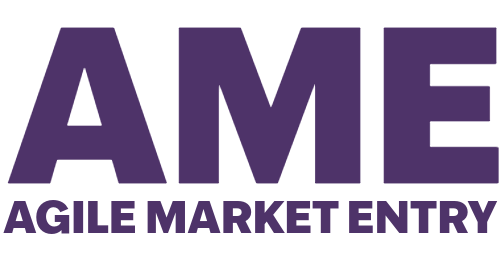
Kim Norton, a reimbursement expert at Reimbursement Ally, sat down recently with ViaVerus founder Chris Morrison to discuss two critical components of MedTech product launch strategy: reimbursement and the sales process.
The sales and marketing expert went head-to-head with the reimbursement expert, each arguing for their elements of launching disruptive medical technology as the most important, and came to a surprising conclusion: They’re both right.
Reimbursement for Medical Devices
According to Norton, many companies launch new products with solid sales, marketing, and regulatory strategies without a decent plan for reimbursement. Inevitably, this is what happens:
- The sales team undergoes training and heads out to sell the product to surgeons or other providers.
- The surgeon uses the product and bills.
- The surgeon gets denied two or three times and never uses the product again. It’s nearly impossible to get them back after this experience.
- The sales team continues selling to more and more surgeons to make up for the fact that each surgeon is only using the product or procedure a couple of times.
- The sales strategy becomes about volume to keep the numbers up.
According to Norton, this happens because of a lack of planning for reimbursement for the providers. The providers need to be supported in this respect, or they won’t return to your product.
CPT, Reimbursement, and Coverage
Of course, it helps to understand more about what all this means. Norton explained how long it can take to ensure a product will be reimbursed. The company needs to start by getting a category III CPT code, also known as a tracking code.
The company needs to use this tracking code for two to three years sometimes before they can get the final category I CPT code. The best way to get ahead is to get the tracking code as soon as possible, use it to gather data during a clinical trial (often a missed opportunity to gather data, evidence and metrics to support both reimbursement and early sales), and then be in a good position to get the category I code and go to market. The entire process can take five to ten years, so not getting the tracking code as soon as possible can cause major delays.
Then, there’s coverage. Even with a good reimbursement plan and the assigned CPT code, payers may or may not allow coverage. If a company has to fight for coverage, it will experience even more delays.
Planning for Reimbursement for Medical Devices is on the Rise
Knowing how much time it can take to plan for reimbursement and coverage and to have a product that providers will actually use repeatedly, companies must be more aware of how neglecting reimbursement can cause delays.
According to Norton, more companies are realizing how important it is to plan, develop and begin to execute a reimbursement strategy for medical devices before bringing them to market. Larger companies looking to acquire these new products are also looking at reimbursement planning, and some companies have boards that insist on it.
What About the Medical Device Sales Strategy?
Chris argues for the importance of a sales strategy and market development plan for launching disruptive tech because this is where most companies fail. There are other important elements, like designing and building the product, intellectual property issues, and the regulatory path, but most companies fail with market development, not product development.
He also recognizes that a solid reimbursement plan goes hand in hand with the sales strategy. These two vital pieces are interconnected and are where most product launches fail. There are other details to consider, but everything begins and ends with whether the product can be sold in a marketplace.
So, Which is More Important?
Sales vs. reimbursement in MedTech is an important discussion, but the answer isn’t a simple matter of one being a priority over the other. The takeaway message is that you must understand the landscape for both reimbursement and market development planning at the outset and derisk them early on.
Both experts believe companies should flip the usual order of things in MedTech launches. Start with reimbursement, sales strategy, and market entry, and let these vital elements drive product development and the regulatory process.

